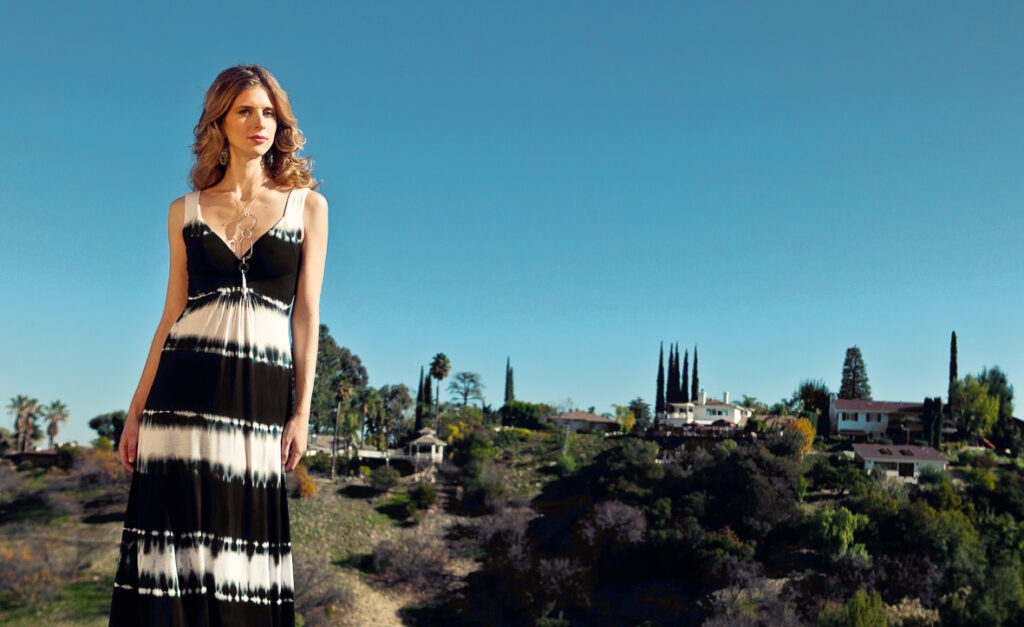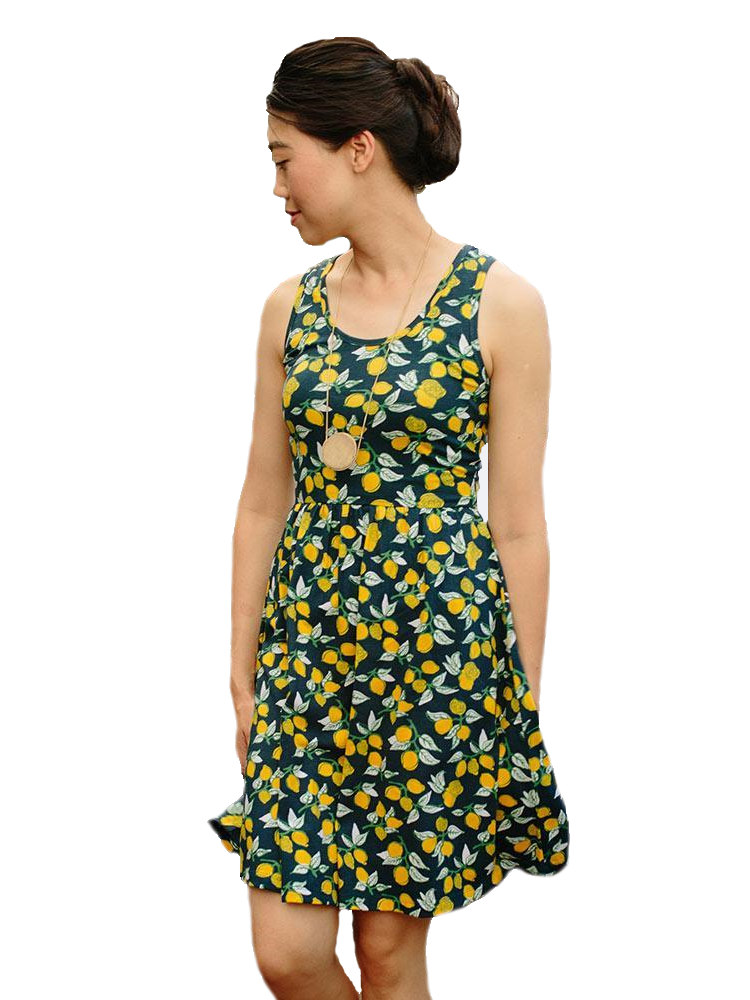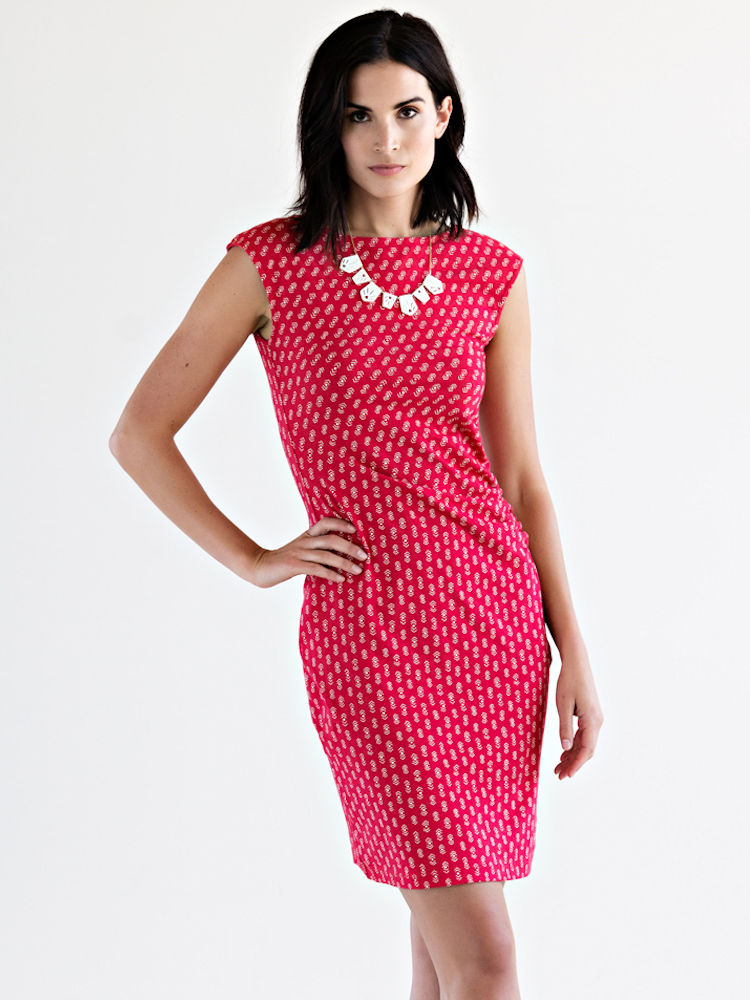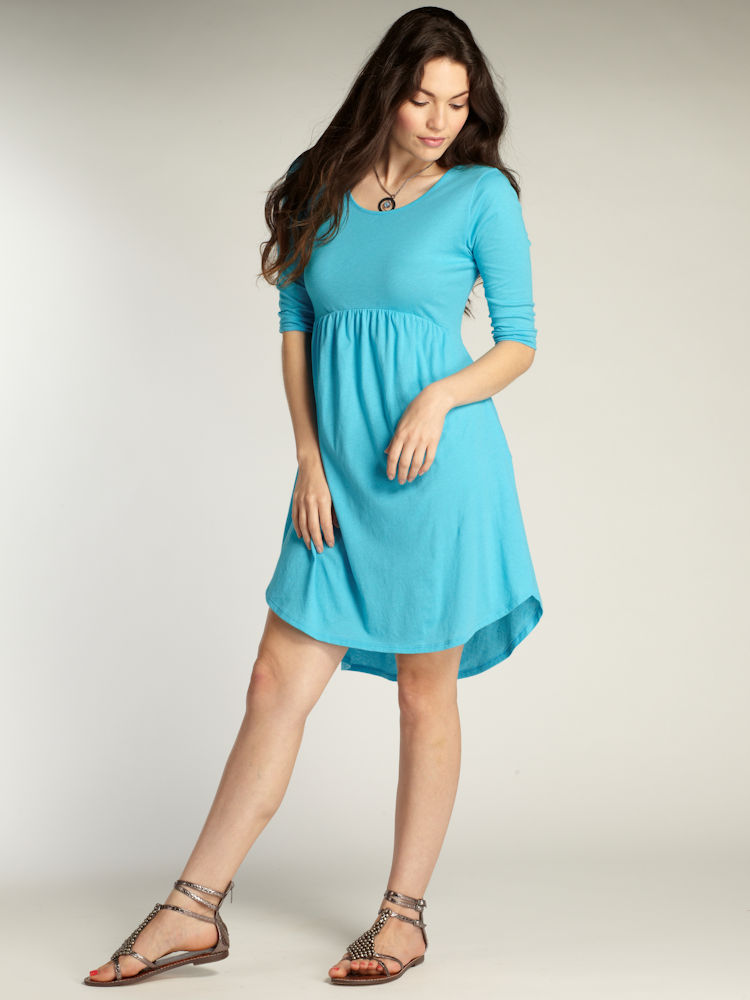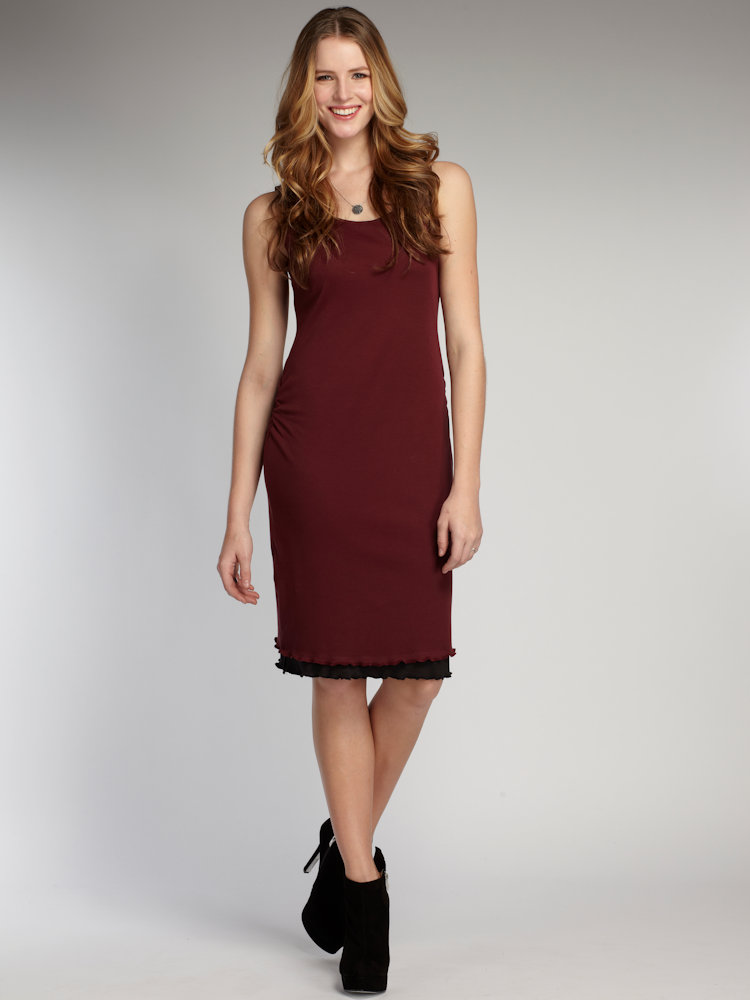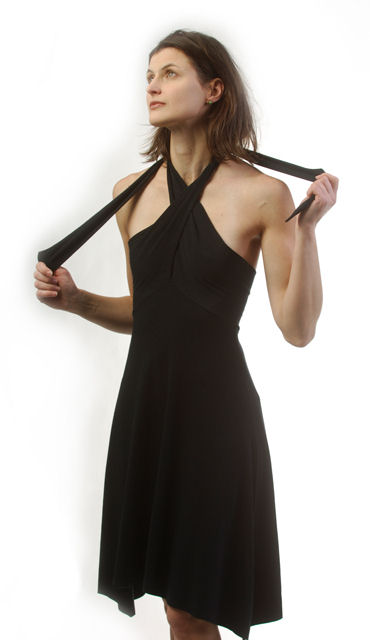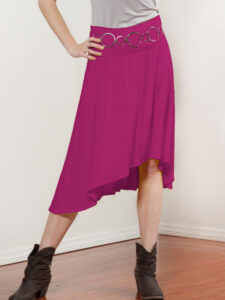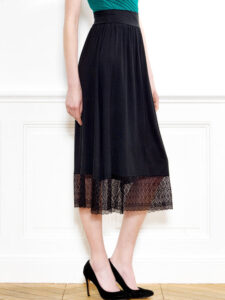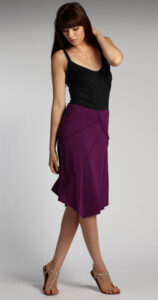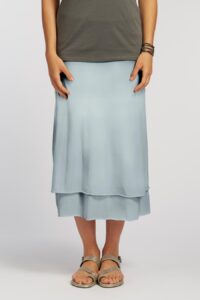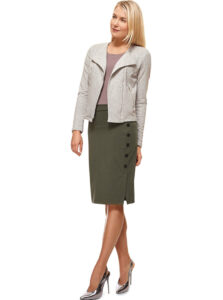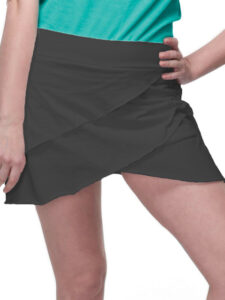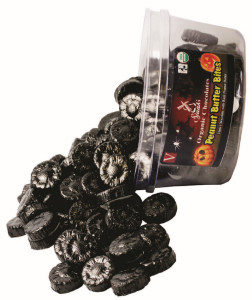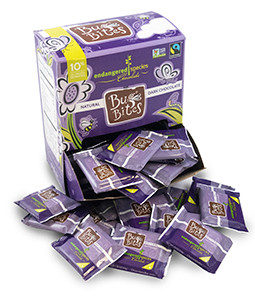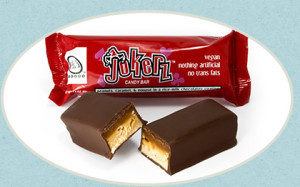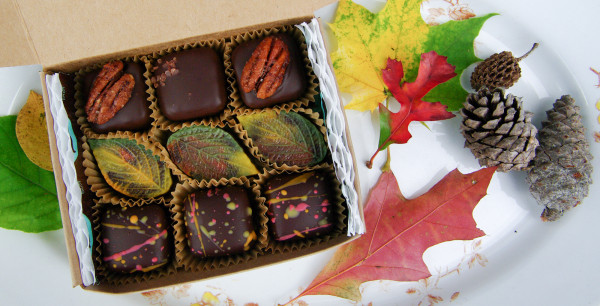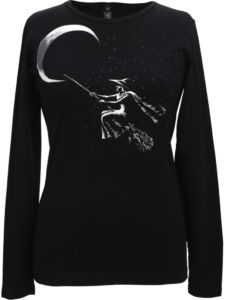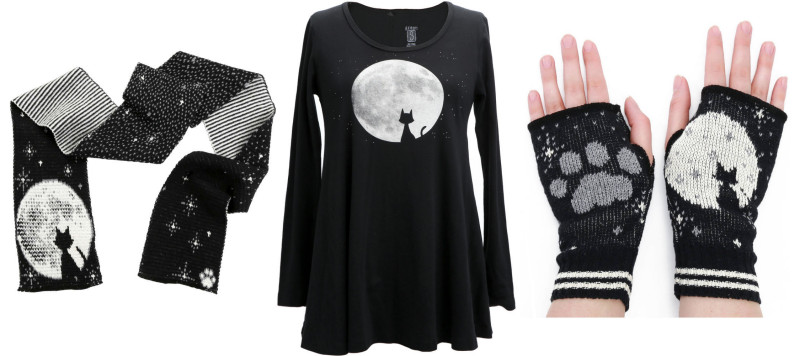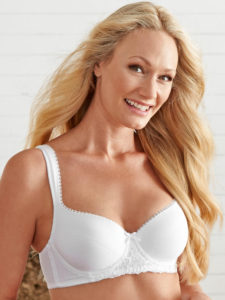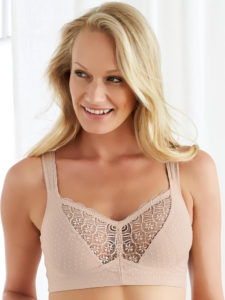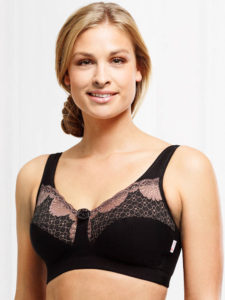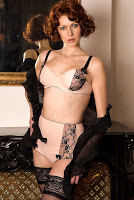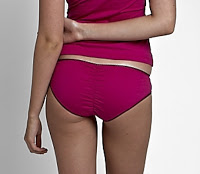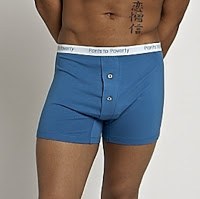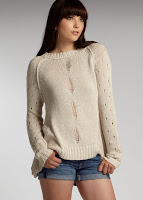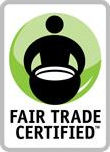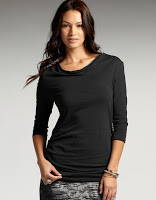
Many people considering the relationship between fashion and sustainability for the first time will be immediately discouraged by the higher price tag of an organic tee or eco-friendly winter coat. But what is behind the cost of the clothes you wear and is there really such a thing as cheap sustainable clothing?
Read on to discover the factors behind garment pricing and discover the best way to shop for eco-friendly and ethical women’s and men’s clothing you can feel good about!
The Value of A Garment: Can Sustainable Clothing Be Cheap?
You walk into a boutique retail store at the mall and see the skinny jeans, leggings, and blouses hanging in neatly arranged rows, each with a brand-name tag and detailed wash instructions. Prices range from $50 to $100 with a few items on sale for $25. A few stores down, the discount fashion store also has racks of colorful clothes, but the garments are offered for dirt-cheap prices starting from a mere $5.
If you’re looking for cheap sustainable clothing, you might be wondering if it’s better to choose the first store just because the prices are higher. However, a higher price doesn’t necessarily mean better quality or that the garments are more sustainable. Here are just some of the factors that influence garment pricing in fashion and sustainability.

Fiber Production
Every garment begins with the soil. Whether it’s wool that comes from a grass-loving sheep, cotton that comes from the thirsty Gossypium shrub, linen that comes from the flax plant, or fabrics from bamboo and wood pulp cellulose, they all begin with the ground.
If you’re looking for sustainable clothing, it’s important to keep in mind that organic cotton will cost more to produce because of the costs of organic certification and the higher price of organic fertilizers and non-toxic pesticides. Likewise, organic wool from a free-range sheep that feed on fresh grass and high-quality hay will cost more than conventional wool that may be a product of cruel and unhealthy factory farming.
Spinning and Dyeing
The spinning process for all fabrics is pretty similar. However, the dyeing process has a big effect on the price of the final piece. The cheapest dyes used in fast fashion clothing are made from petrochemicals and can poison local waterways as well as irritate your skin. Sustainable clothing that isn’t as cheap typically uses non-toxic setting treatments and vegetable dyes that cost more to produce but are gentler on your skin and the environment.
Cutting and Sewing
The next stage in the garment manufacture process is cutting and sewing — which is the point at which we find the “sweatshops” so often mentioned in articles about fast fashion. Workers in these garment factories (often located in China, India, Vietnam, Cambodia, and Bangladesh) may be paid less than minimum wage, and the lack of appropriate safety standards means that the lives of the garment workers can be put at risk — even when manufacturing cheap “sustainable” clothing from organic materials. So pairing ethical production or Fair Trade standards with your sustainable materials is imperative.
Retail Salaries
Once garments reach their destination country, their price will be affected by the salaries of retail workers as well as the profit margin of the fashion label. An organic cotton T-shirt may cost $10 to buy wholesale but may be sold for anything from $20 to $50 depending on the profit margin of the company. Where does this profit go? Some of it goes towards the brand’s marketing budget, but the rest is often pocketed by the CEO.
So, when you find a piece of cheap “sustainable” clothing for sale online, the company may have found ways to keep their costs low through sticking to online sales and a low-profit margin. Then again, the brand might be making a profit while keeping those benefits from being passed downstream to the garment workers and cotton farmers who produced the clothes. Prioritizing your budget on smaller fashion brands that focus on sustainability in addition to profit usually results in the best overall value.

Making Fashion and Sustainability More Budget-Friendly
Even though many of us would like to choose eco-fashion for everything from bamboo socks to sustainable jackets, the cost of fairness (and quality) can still be a little out of reach. Here are a few tips to save money on fashion while avoiding the pitfalls of cheap “sustainable” clothing brands that aren’t giving you the full story.
Shop Pieces That You Can Mix and Match
An organic tee by itself is great, but a tee and a pair of organic women’s pants that go with all of your T-shirts are even better. Shopping sustainable clothing on a budget means being smart about style and going for classic cuts in basic colors that you can build into a minimalist capsule wardrobe and mix-and-match to your heart’s content.
Calculate the Cost by Cost-Per-Wear Rather than the Up-Front Cost
A $10 tee or $2 cami looks great on the rack, but how many wears will it likely last? Even if it has been made under fair conditions, cheap “sustainable” clothing of low quality will end up costing you more if it only lasts for a few months before you have to replace it. In contrast, a $50 garment might look more expensive at the outset but could end up costing you only a few cents per wear if its strength and quality last for years.
Help Your Clothes Last Longer with Proper Garment Care
Our next tip for combining fashion and sustainability is one that we’ve learned the hard way: Follow the care and wash instructions! Fast fashion has got us used to throwing everything in the washing machine and hoping it comes out ok.
After spending a larger amount of cash upfront on authentic (not cheap) sustainable clothing, you’ll want to make sure that you keep your eco-friendly clothes in the best condition for as long as possible. This means respecting directions to wash-by-hand, to wash in cold water only, and to drip dry or dry flat rather than throwing everything into the dryer. Things like woolen coats that are quite expensive at the beginning can last a lot longer if you wash them by hand only when truly necessary.
Shop Genuine Sustainable Clothing for Less at Faerie’s Dance
Our final tip for enjoying cheap sustainable clothing? Shop the most responsible eco-fashion brands when their garments go on sale (like in our great clearance section!) If you know someone who would love some organic and sustainable clothing but might struggle to afford it, you might also consider giving them a Faerie’s Dance gift card that covers everything on our entire site.
Want to know more? Browse the rest of the articles on the Eco-Fashion Philosopher blog and shop our curated fashion and sustainability brands.

